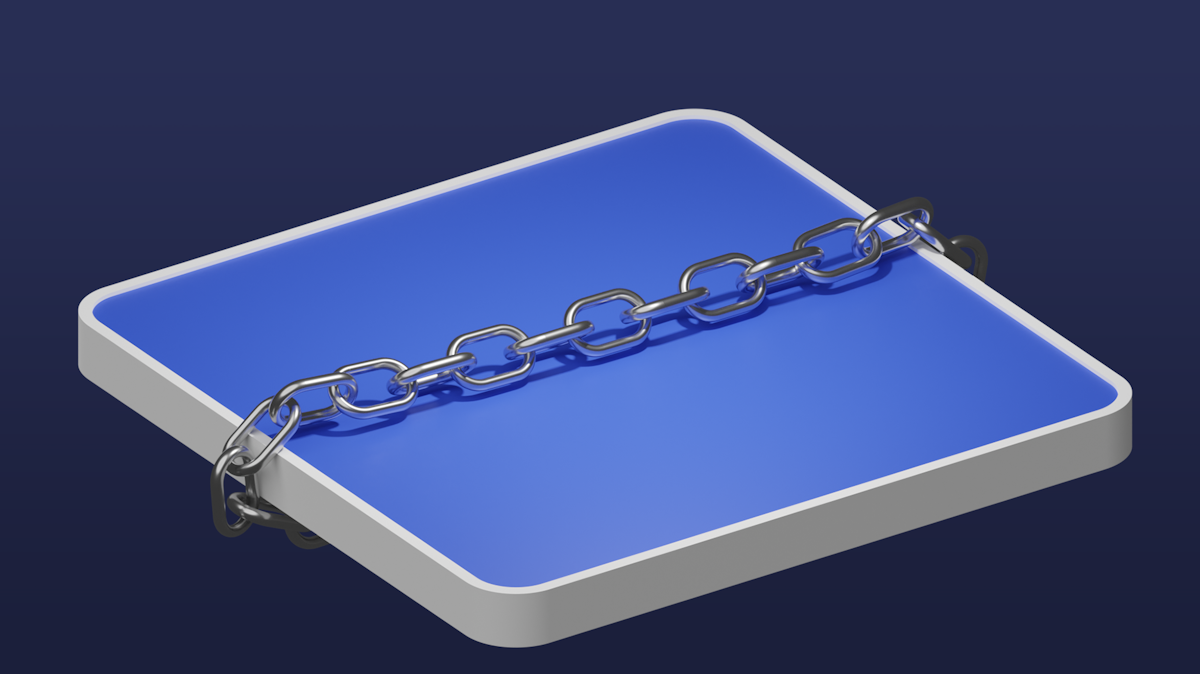What are sidechains?
Sidechains are built when the main chain needs support or relief. This may be due to scalability, cost or other reasons. Today we are going to talk about sidechains. I'm sure it has come up before, but what exactly is it?
Key indicators
✔️ Sidechains are an extension of the main blockchain, created for a faster, safer and cheaper way of working.
✔️ Sidechains offload the mainchain by taking over some of its work and offer transactions that can be disconnected from the mainchain and executed on the sidechain.
✔️ Advantages are cheaper, faster and more secure.
✔️ Disadvantages are less decentralization, possible centralization and possible congestion.
Sidechains
A sidechain is an extension of the main chain created for a special reason.
The main chain is the master blockchain or parent blockchain. You can think of Bitcoin, where the side chain provides support for Bitcoin to be faster, more secure or cheaper.
The side chain white paper was written in 2014 by Blockstream developers.
How do sidechains work?
With many layer 1 blockchains (first-generation blockchains, such as Bitcoin or Ethereum), there is congestion and expensive transactions. This is because there are too many requests for transactions, causing the network to fill up and validators can no longer keep up.
As a result, many transactions are not even executed at all or take far too long. Also, the costs go up because the miners or validators only validate transactions they can earn the most from.
At some point, everyone knew that a solution had to be found for this. And it came: sidechains.
A sidechain unburdens the main chain by taking on some of the work that validators have to do. Transactions are then decoupled from the main chain and executed on the side chain.
A side chain is a separate blockchain, complete with miners or validators, linked to the main chain where funds can be exchanged between the two chains.
If you want to work through a side chain, you must first deposit cryptocurrency on the main chain and then send that to the side chain (outgoing address). That is locked and you cannot spend it for a while.
Once the simple payment verification has taken place, all connected chains confirm that your funds are no longer on the main chain and you can spend them. This somewhat clumsy protocol ensures that there is no double spending.
Advantages and disadvantages of sidechains
Advantages of sidechains are:
Relief from the main chain
Cheaper to use
Faster transactions
Excellent as a test network
Specialization is possible, such as micropayments or a chain for a popular game
Communication between cryptocurrencies
Safer because a hack of one chain does not affect the other chain
Disadvantages of sidechains are:
The extreme security of the consensus mechanism of the main chain is abandoned
Centralization of validators can occur, where cooperation can attack the network
Less decentralized
If a sidechain is used on a massive scale, it can also suffer from congestion

